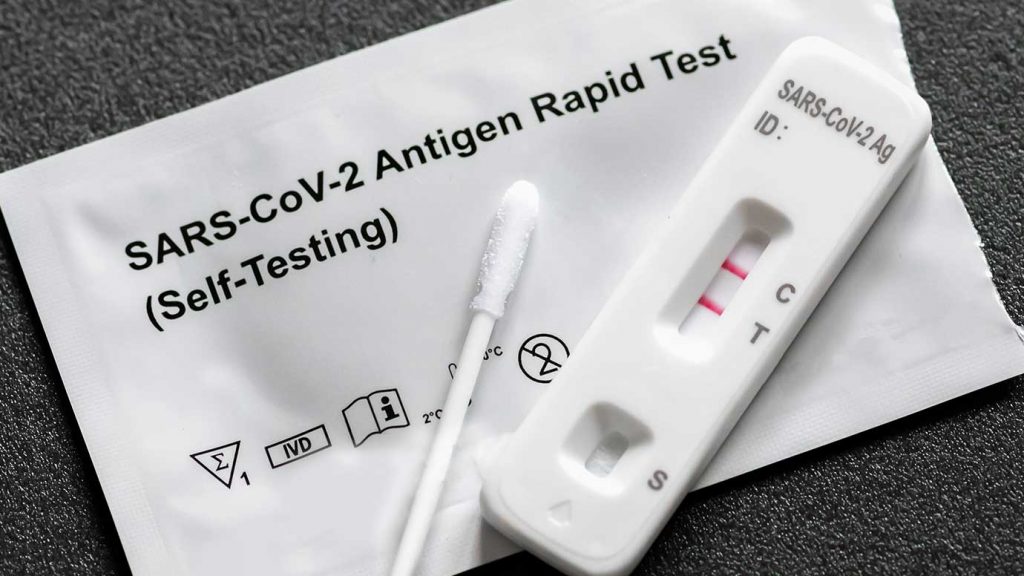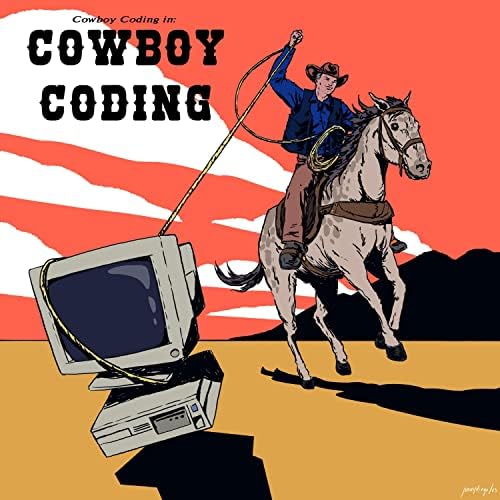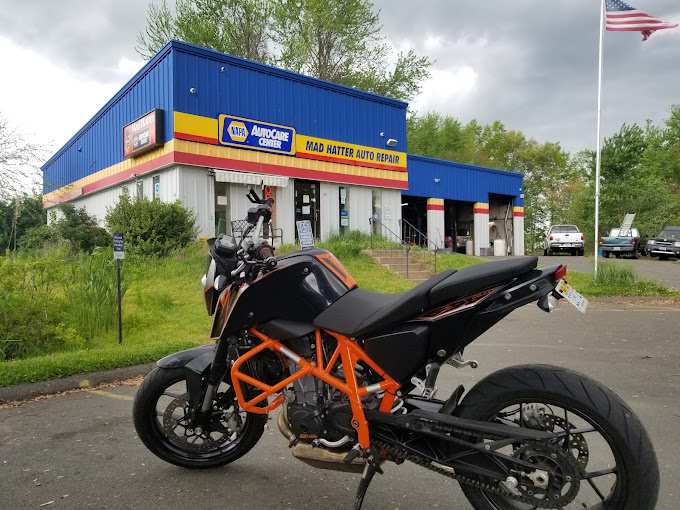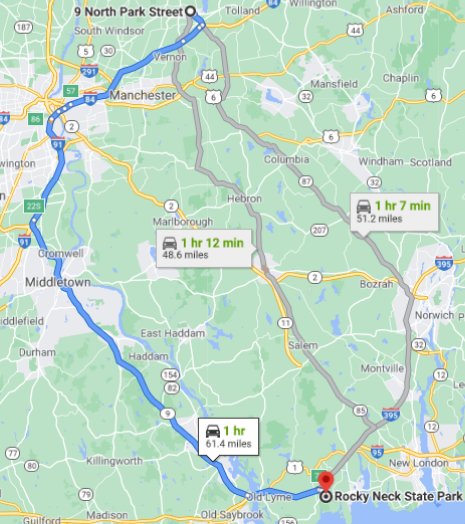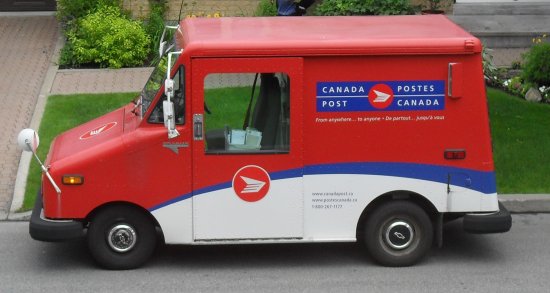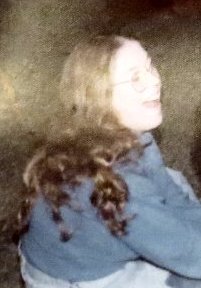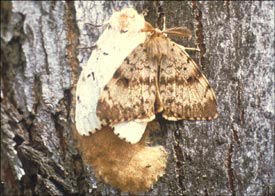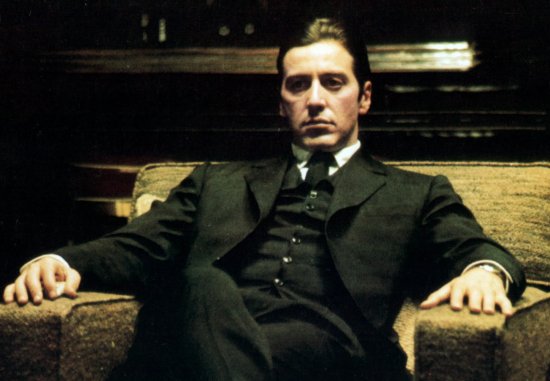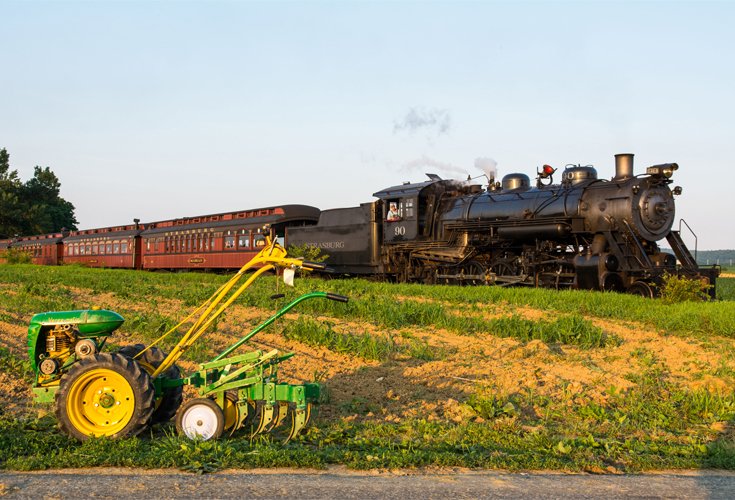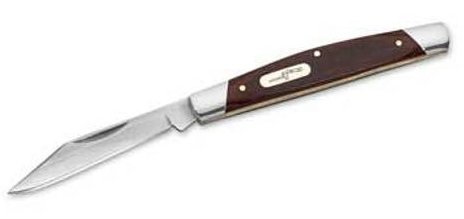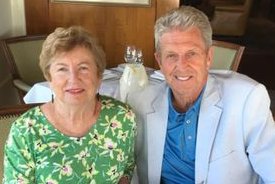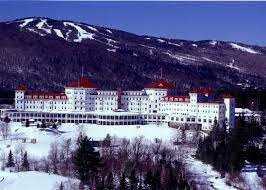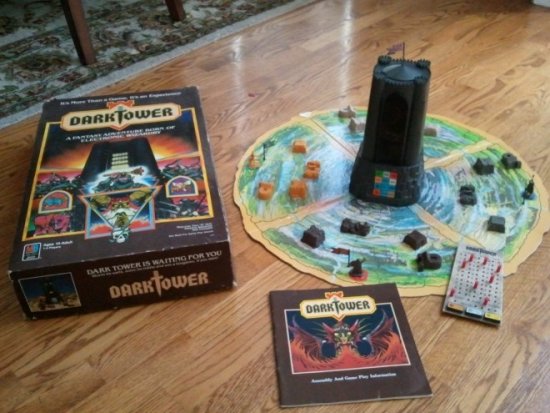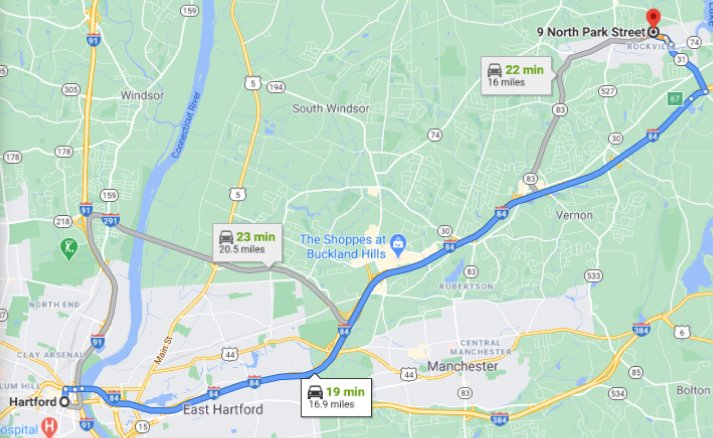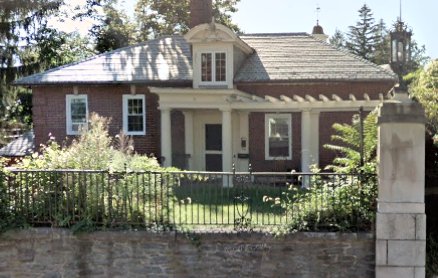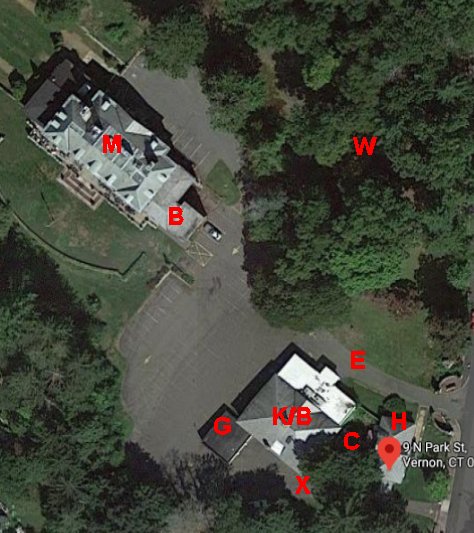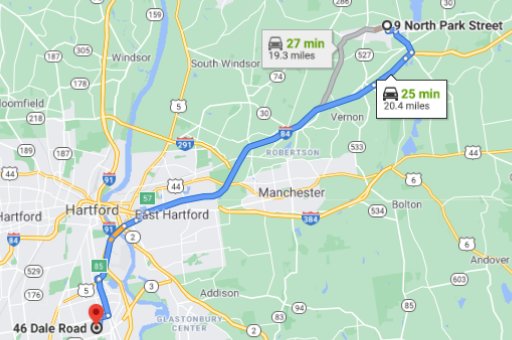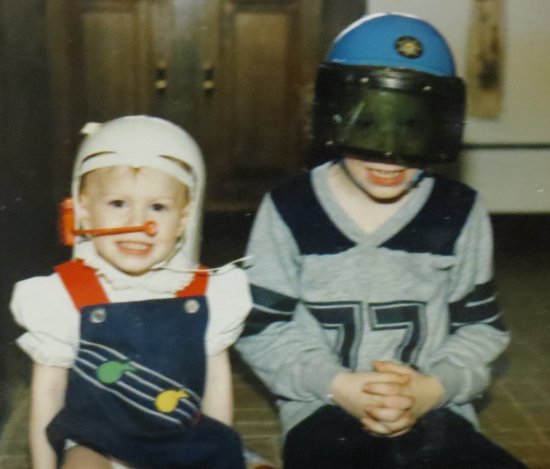My activities for the first part of 2023 are chronicled here. On May 13 Neil Montague finally succeeded at using MailChimp to send out an email for the New England Bridge Conference! My travails in trying to turn over my … Continue reading
My activities for the first part of 2023 are chronicled here.
On May 13 Neil Montague finally succeeded at using MailChimp to send out an email for the New England Bridge Conference! My travails in trying to turn over my responsibilities in these and other matters involving communications are detailed here. This was a great relief for me. Some of the emails that I had sent in the previous few months promoted online events that paid gold masterpoints. Each one made me cringe.
On the same day Dan Jablonski finally sent me an email casting the deciding vote in the Weiss-Bertoni award. You can read the details and discover who won the award in this blog entry.
On the 17th I mowed the lawn for the second time. The high pollen content of some areas of the yard made it somewhat difficult, as it has in every May for the last decade or two, but I completed the task without resting.
June
On June 1 I tried to beat the heat by departing for my 5-mile walk at 8:30AM. I nevertheless found it as much as I could bear,1 and there was precious little shade. I noticed that the SmartFuel gas station on the north side of Hazard Ave. near the South Road intersection had closed after only a few months of operation. It replaced the Shell station that had occupied the location for decades. Signs said that it would become a Big Y Express station.
Raveis Realty, located in a house a little bit to the east of of the station, has also apparently one year. A few years earlier a spectacular display of tulips appeared near the west side of the Raveis building.
The corner house on Park St. (the street address is 2) is somewhat mysterious. It had appeared empty with no “For Sale” sign for months. I saw two girls there the previous week. It seemed empty again on this occasion.
In the last quarter-mile I was passed by a female walker. I was pretty sure that that had never happened to me before. I did not like it, but I was too exhausted and hot to try to hold her off. My speed and endurance both decreased noticeably as I got older.
It was still very hot on the 2nd, but then it turned much cooler with a misty rain. I attended both days of the sectional in Johnston, RI, and played with Abhi Dutta. Details have been recorded here.
On June 7 forest fires in Canada were causing in the local area thick haze from the smoke. It was quite eerie and absolutely unprecedented, at least in my lifetime. Two days later the air quality still poor.
I learned that day I should have closed my dad’s IRA account at Country Club Bank in Kansas City earlier. There was not much money in it, but it took weeks to get them to send me a check. .Deidra Tossato finally sent me the form fifteen days after I requested it.
The Hartford Bridge Club (HBC) scheduled an individual game for June 20, the first day of of the regional tournament in Nashua, NH. I played at the HBC, but I did not enjoy myself, and I did not score well. My adventures in Nashua are recorded here.
On June 28 I played with two new partners—Jim Macomber at the HBC in the morning and Barb Gallagher at the Simsbury Bridge Club (SBC) in the evening.
On June 29 and 30 my nose ran all day. Despite this I had no trouble sleeping. I had no fever or any other symptoms of Covid-19.
July
I woke up on July 1 after ten consecutive hours of sleep, close to my all-time record. I experienced a little dizziness when I arose from bed, but it disappeared shortly thereafter. I tested negative for Covid-19 using the rapid antigen test that the federal government supplied for free.
Sue’s cousin from Michigan (on the Locke side) was in town. Sue visited with her, but I did not go. We visited her, her parents, and her sisters on our trip to Michigan in 2008, as described here.
Up to nine inches of rain fell in sections of western Connecticut on July 10, but Enfield received hardly any. The weather definitely seemed more extreme in the twenties, but it is still rather mild in southern New England.
The next morning the temperature dropped to 66° at 4:30. It was the first time that it had been below 70° in weeks. It rose to 90° that day and much hotter on the next. There was no bridge game at the SBC on either the 5th or the 12th.
On July 13 at 5:44AM the bookshelf in my bedroom came crashing down. It missed my head by about two inches. If it had hit me, I would have been seriously injured. The shelf disappeared into the black hole of Sue’s “sewing room”.
On July 14 thunderstorms began at 2:30AM. Flooding wreaked havoc in the northwest part of the state. The Connecticut River was 6′ above the flood level. Damage, however, was minimal.
John Willoughby, the president of the HBC, died on July 14. Both Sue and I had been his occasional bridge partner. I worked with him on the Planning Committee when he was the vice-president.
On the following day I heard Steve Jarmoc, a local farmer and ex-politician, on the radio complaining that the flooding in Enfield had caused him crop damage. The land around our house, which was perhaps two miles from his farm, was absolutely dry. Furthermore, Jarmoc mostly grew tobacco—an addictive drug that caused cancer and other ailments. In the previous few years he had converted much of his land to fields filled with solar panels. I seriously doubt that he suffered much damage, and what if he did? Every business suffered occasional setbacks.
I had a horrible bridge day on July 23. Donna Feir reported that the HBC now had 415 members2. It was 89° and sunny when I left after the conclusion of the Board of Trustees meeting. Up to 91° on I-91. By the time that I reached home it had fallen to 68°, and it was raining buckets. I was very relieved to find that there was no flooding in our basement.
August
On August 3 I discovered a document with my notes about the San Diego vacation that Sue and I took with Sue in March of 2006. In the evening I also found a paper bag with flyers and souvenirs from the same trip. I deleted the 1,000+ words that I had previously written about this adventure and started the entry, which you can read here, anew. It was rather thrilling to relive that week.
On the next day I walked five miles in the Enfield Square Mall. A strange new store, Da Money Pit, had opened. They seemed to sell sneakers, ball caps, and sweatshirts.3 The sneakers on display were wrapped in plastic, for no obvious reason that I could see. My “ghost walks” in the mall have been detailed here.
On the 5th the HBC held a memorial to honor John Willoughby. One dog and lots of people, including a surprising number of children, who were relatives or friends of John’s attended.
The next day I learned that Maria Van Der Ree, who was over ninety, had Covid-19. She recovered within a reasonable period of time.
At the HBC John Calderbank and I had a 54 percent game on August 8. That was by far our best performance up to that time. On the next day I scored 58% at the HBC with Barb Gallagher. There was no game in Simsbury because we only five pairs registered to play.
On August 9 the big news was about the devastating fire on Maui. The most destruction was in my favorite town, Lahaina, where 217 buildings destroyed or damaged. The gigantic tree that was the symbol of the town was badly damaged, but there was hope that it would recover.
On the same day I learned that Mark Oettinger had “resigned” as vice-president of the New England Bridge Conference. I later learned that Peter Marcus and his friends had pretty much forced him out at a meeting of the Tournament Scheduling Committee that I was unable to attend. This news saddened me greatly. I liked and respected Mark.
On August 12-13 I played in the Western Mass sectional in Great Barrington. That adventure has been described here.
On my birthday I played with the woman whom I had been mentoring. Fran Gurtman (introduced here). We did not do well. Sue bought me three shirts and some shorts from Kohl’s. Sue and I ate supper at Francesco’s in Suffield. I ordered Linguini d’Alessandro, which was chicken, sausage, peppers, mushrooms in wine sauce. I really enjoyed it.
On August 23 Sue brought cake to Eno to celebrate my birthday, but she did not arrive until just after 6:15. We had 4 tables.
On August 24 Fran and I had a 52 percent game, which was an improvement of 18 percentage points in our previous game. I made a costly mistake on the last hand.
On August 26 fifteen pairs came to the HBC for the Saturday afternoon game. We played a Swiss with 7.5 tables. It was the biggest turnout on Saturday by far since the pandemic. Peter Katz and I had a 76.1 percent game, by far my best score ever. More details can be found here.
The Ocean State Regional tournament was held August 29-September 1 in Warwick, RI. My adventures there have been cataloged here.
September
September must have been a boring month. The only notes that I recorded concerned the loss of my Costco Visa card from Citi. The details of this remarkable event have been recorded here.
The University of Michigan football team, one of the favorites for the national championship, started the year with five easy victories. They defeated East Carolina 30-3, the University of Nevada at Las Vegas 35-7, Bowling Green 31-6, Rutgers 31-7, and Nebraska 45-7.
Coach Jim Harbaugh did not participate in the first three games because he had purchased lunch4 for a prospective player. Four interim head coaches were assigned. Jesse Minter coached the first game and Sherrone Moore the second. Jay Harbaugh (Jim’s son) and Mike Hart each coached for one half in the third game. A random co-ed could have coached for all three games, and Michigan would still have won them all easily.
October
On October 3 and 4 I moved all of my programs and data files from my Lenovo desktop that was running Windows 10 to the Asus computer running Windows 11. I documented the experience here.
On October 10 I discovered that Windows did not want me to use Shuffling, the Dutch program that I had downloaded to creates pbn files. I did anyway. However, I also received an error in Dealmaster Pro. I had to reconnect the Lenovo box and run it there. This problem was fixed, but I did not record how.
I decided not to play with Alan Godes at the regional tournament in Marlborough. It turned out that he could not play on the only day that I needed a partner. I asked Ros Abel to play in the sectional in Orange, but she was not available. .
As usual, I started my preparation for lunch by boiling water for ShopRite’s store brand of chicken noodle soup. I was shocked to discover that the package contained no noodles at all. I have opened hundreds of these packages over the years, but this had never happened before.
This box in question bore the ShopRite brand, but at some point in the year the store stopped selling the product. A short time later a new brand called Bowl & Basket appeared. The price of a box containing two envelopes of soup was $.99 before the pandemic. As of October of 2024 the price had not changed, and the quality and quantity of the contents remained the same, at least apparently. I could not name another food item of any description that maintained its pre-pandemic price.
I woke Sue up at 6:30AM on October 11: She was scheduled for jury duty in Hartford. She left the house at 8:08. When she arrived she learned that her service was not needed. That evening Kathie Ferguson returned to the SBC on that same evening after a lengthy illness..
Throughout the last few months my car had repeatedly flashed the message that one of my tires was low on air. In the past this had happened once or twice a year. On those occasions I had just brought my car into Lia (without an appointment), and told them about the message. They checked all four tires, filled whichever one was low, and I drove away. The process took perhaps fifteen minutes.
On October 23 I brought it in to Lia Honda again. Because it had happened several times in the recent past, I asked the mechanic to tell me which tire was low. He reported that one of the tires needed patching and told me to sit in the waiting area. After 2.5 hours the work was completed, but the attendant told me that there was a problem with the brakes. I made an appointment for three days later to address this problem, which necessitated spending another few hours in the waiting area.
On October 27-29 the Connecticut Bridge Association held its fall sectional in Orange, CT. The details are posted here.
After only one day of rest I attended the regional tournament in Marlborough, MA. It ran from October 31-November 4. My thoughts about this event have been recorded here.
The Wolverine juggernaut continued with three more easy victories. They defeated Minnesota 52-10, Indiana 52-7, and Michigan State 49-0.
November
On November 16 I sent a recap of the attendance at the sectional in Orange. I have posted it here. The only person who responded to it was Cindy Lyall, who agreed with my assessment.
On the next evening my wife Sue talked me into attending a concert by the Patti Tuite band at the public library in Ellington. Although I was not crazy about the music, which was mostly blues, I definitely appreciated the skill of the two main musicians—Jan on the synthesizer, flute, and key-tar and Peggy on the alto sax, violin, and harmonica.The band also had a guy on bass guitar and a female drummer. The one number that I really liked was an instrumental with a complex melody that was unlike anything else that they did. Sue liked the entire performance. Patti announced the name of it, but my notes did not record it.
On November 18 I emailed to members of the Executive Committee my attendance analysis for the tournament in Marlborough. It has been posted here. Both of these reports required quite a bit of work because I no longer had access to the ACBL’s files that provided attendance information in a comprehensive fashion.
On the next day Sue and I decided not to drive up to Burlington, VT, to visit with the Corcorans on Thanksgiving. They had invited us much earlier. However, their house would be full of relatives, and we would probably be “fifth wheels.” We felt our of place the last time that we joined them.
On November 22 my Honda warned me that the battery on the fob was low. Over the next two days Sue located a suitable batter. I managed to replace the old one without much difficulty.
November 23 was Thanksgiving. Sue cooked a turkey. We ate our meals on TV trays and tried to think of something that we should be thankful for. I did not record that anything occurred to us.
A very strange thing happened in the last round of the game at the HBC on November 29: Eric Vogel and I were playing against Tom Gerchman and Lea Selig. After the bidding Tom announced that his integrity was intact because his partner Lea Selig bid 6♥, not he. He then disclosed that he had previously overheard Mike Carmiggelt talking about the hand.
I put my cards in the carrier, said “I quit”, got in my car, and drove home. Tom later sent me an email in apology. I replied, “No harm, no foul.”
That same night Ken made many strange bids at the SBC game. He invited to game knowing that we had a maximum of 24 points and only 8 trumps. I recorded that I did not see how the SBC would be able to hold any games in December. I was right. All of the games for the month were canceled.
Michigan finished its Big 10 season with four more victories to finish the regular season undefeated and ranked #3. They defeated Purdue 41-13, Penn State 24-15, Maryland 31-24, and Ohio State 30-24. Sherrone Moore was the head coach on the sidelines for the last three games because Harbaugh was suspended because of a ludicrous sign-stealing incident engineered by a rogue staff member named Connor Stalions.
December
The new month was welcomed by the first flower on the larger Christmas cactus that had been in Denise Bessette’s office. The other one displayed its first flower on the 18th.
On December 2 Michigan shut out Iowa 26-0 in the Big 10 Championship game. It was U-M’s third consecutive win in that game, and the tenth consecutive win for the team representing the East Division. Michigan, now seeded #1, was scheduled to play Alabama in the College Football Playoff semifinals in the Rose Bowl on January 1. There was some controversy because Alabama was chosen to play over undefeated Florida State despite the fact that the Tide had lost to Texas in September.
The temperature on December 15 and 16 reached the fifties. I walked five miles outside on both afternoons.
I learned on December 17 that Eric Vogel had contracted Covid. I wore a mask at bridge all week.
On December 20 the electrical connection for my cellphone’s charger stopped working. I had to plug the cable into a USB port on Asus. This was only a minor inconvenience; Asus has many ports, four of which are in front. I was astounded to learn that Sue had no recollection of my previous phone dying while I was on the 2022 cruise that has been described in detail here. We went to the Verizon store together, and the salesman showed me that the Pixel 2 I had been using was swollen in the middle. He said that it was probably dead. A little later Sue bought me a refurbished Sony Galaxy. I found this lapse of memory quite concerning.
On December 29 I received an mail from someone named Frank Wilson5 asking about downloading a zip or pdf file of Stupid Pope Tricks. I tried to reply to his reply address, fdmw@gmail.com, but it was blocked because the address was not valid. I had no idea what that was about.
On the next day I (and many others) received a shocking email from Peter Marcus that indicated that he was resigning from all his posts in the New England Bridge Conference. This reportedly had something to do with scheduling conflicts with another district”s tournament.
1. At least once in the nineties I ran more than five miles when it was over 100°. When I was in my twenties I considered no temperature to be too hot for any athletic endeavor. Boy, has that changed!
2. It was incredible to me that the HBC did not actually know how many people were officially members. Eventually, I wrote a set of programs that would allow the club to keep track of the membership—dues, contact information, and other things. The story of that system is documented here. The number of members exceeded 500 in 2019, the last pre-pandemic year.
3. The store is still open in October of 2024, but in all my trips to the mall I had seen fewer than a handful of customers.
4. This infraction was widely ridiculed by Michigan fans and called Hamburgergate. It was common knowledge that many large programs arranged for players to be paid under the table. By 2023 the NCAA had ceded the rights to the names, images, and likenesses (called NIL) of the players to the players themselves. By the next year some of them were earning upwards of $1 million to play their favorite sport for a few months out of the year.
5. Of course, I immediately thought that this might be J. Frank Wilson, who, with support from the Cavaliers, in 1964 recorded the remake of Wayne Cochran’s “Last Kiss”. It made it to #2 on Billboard.




